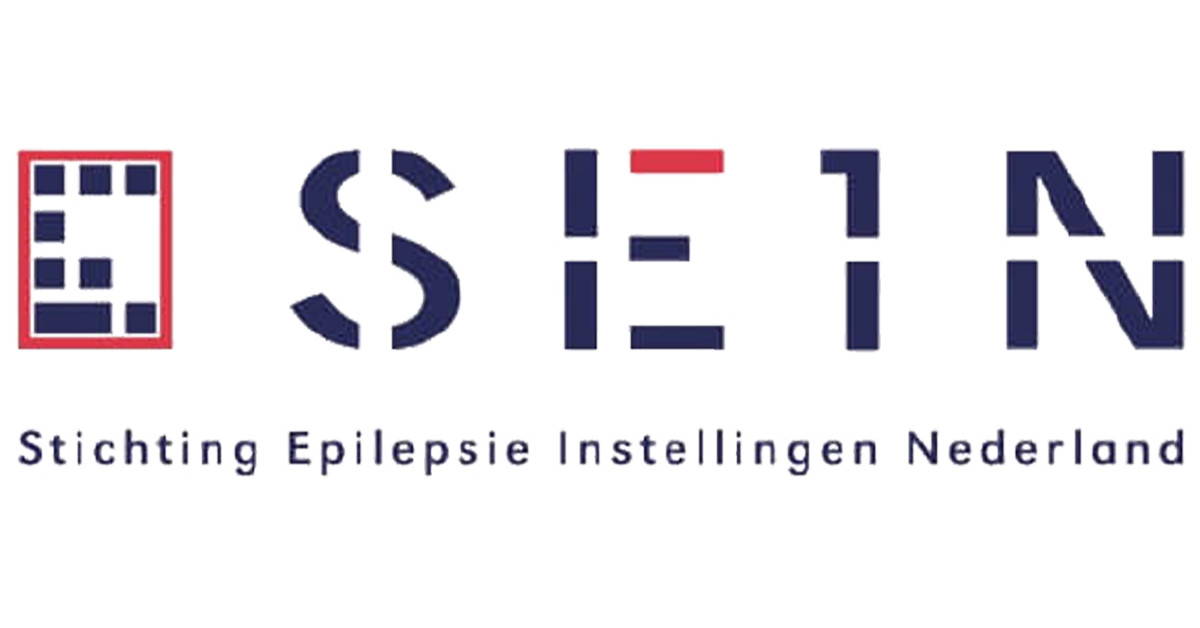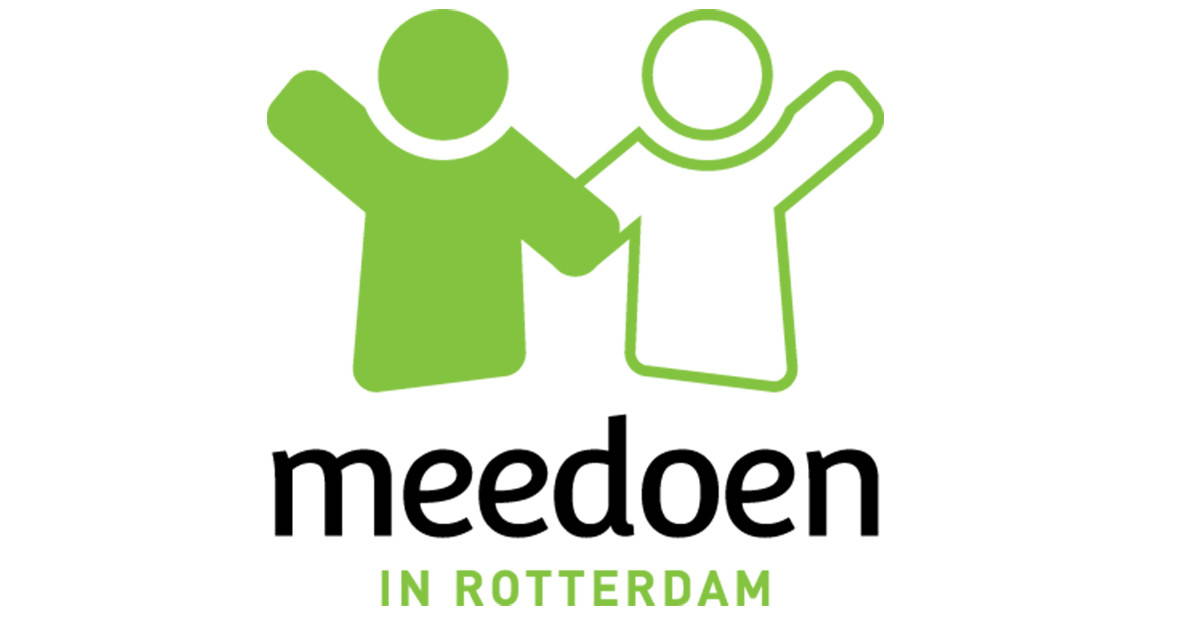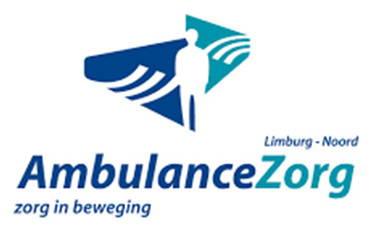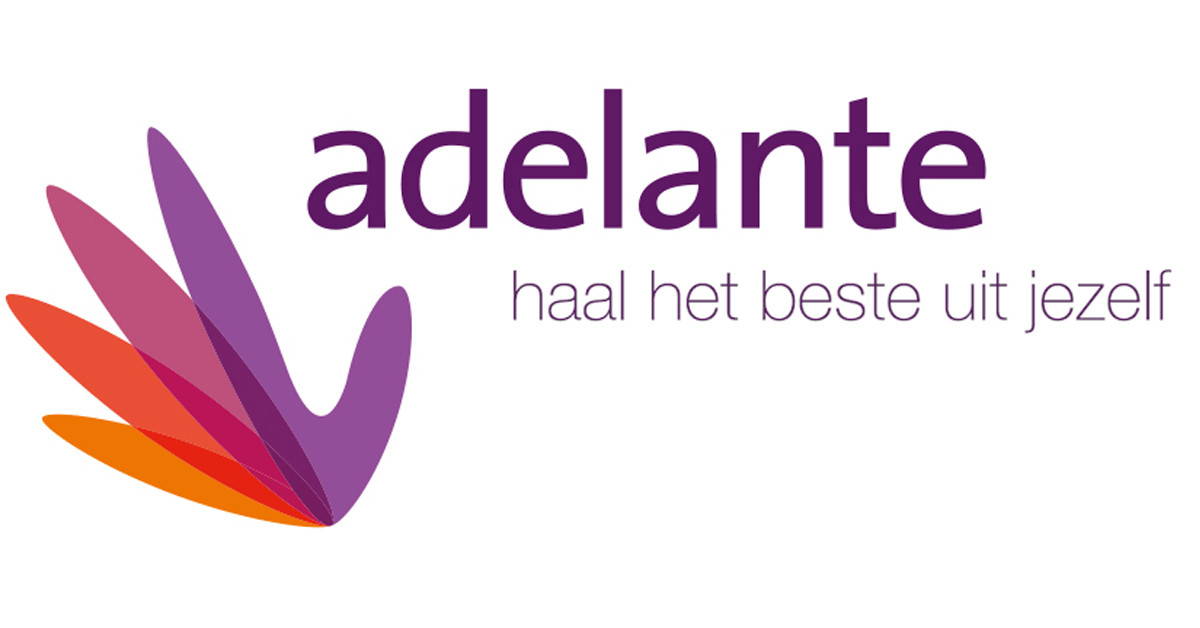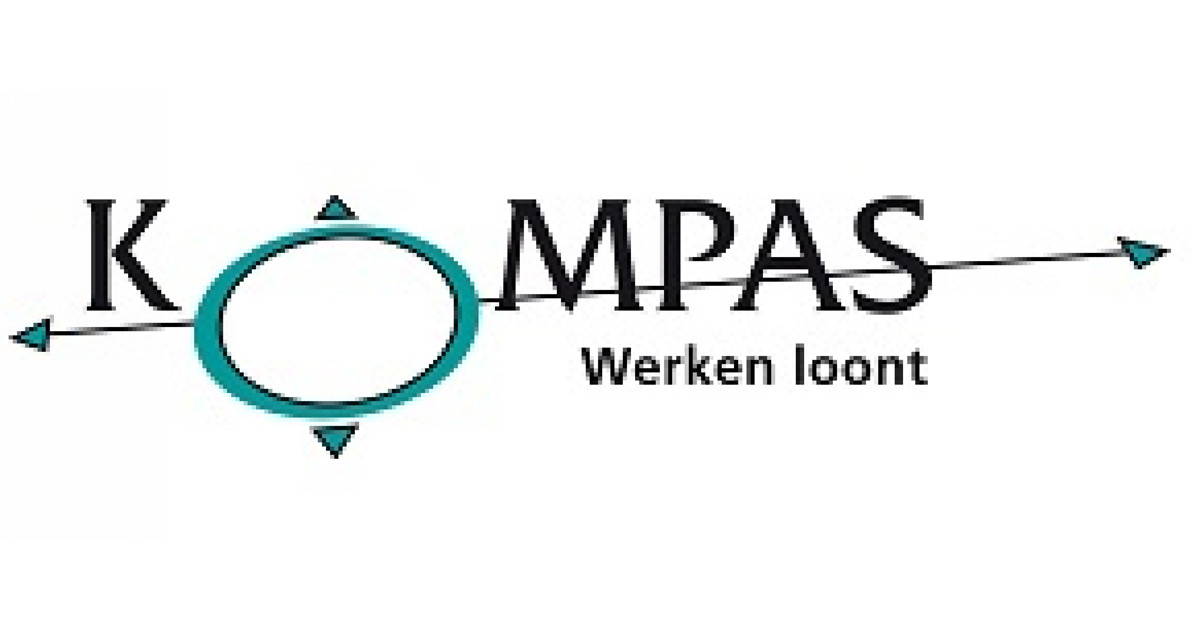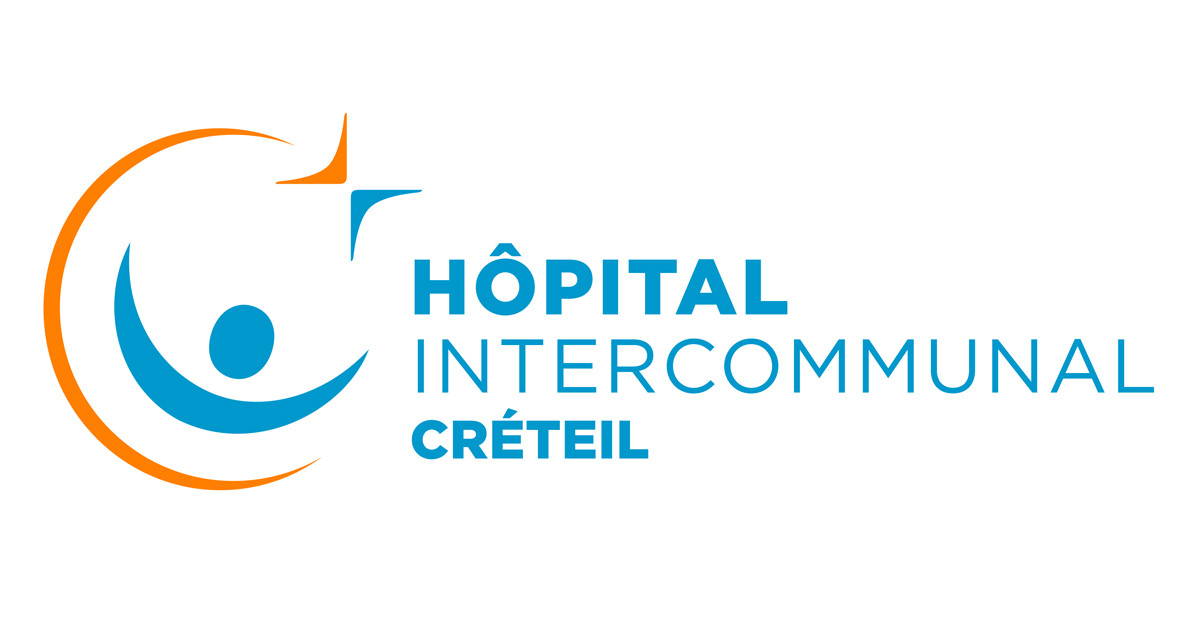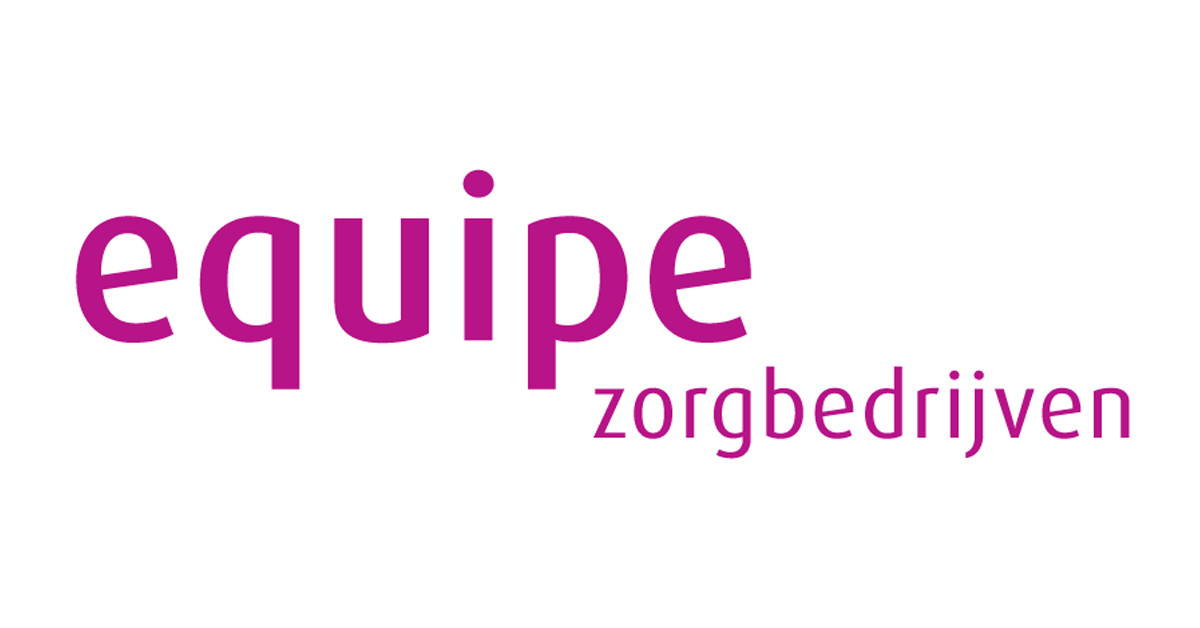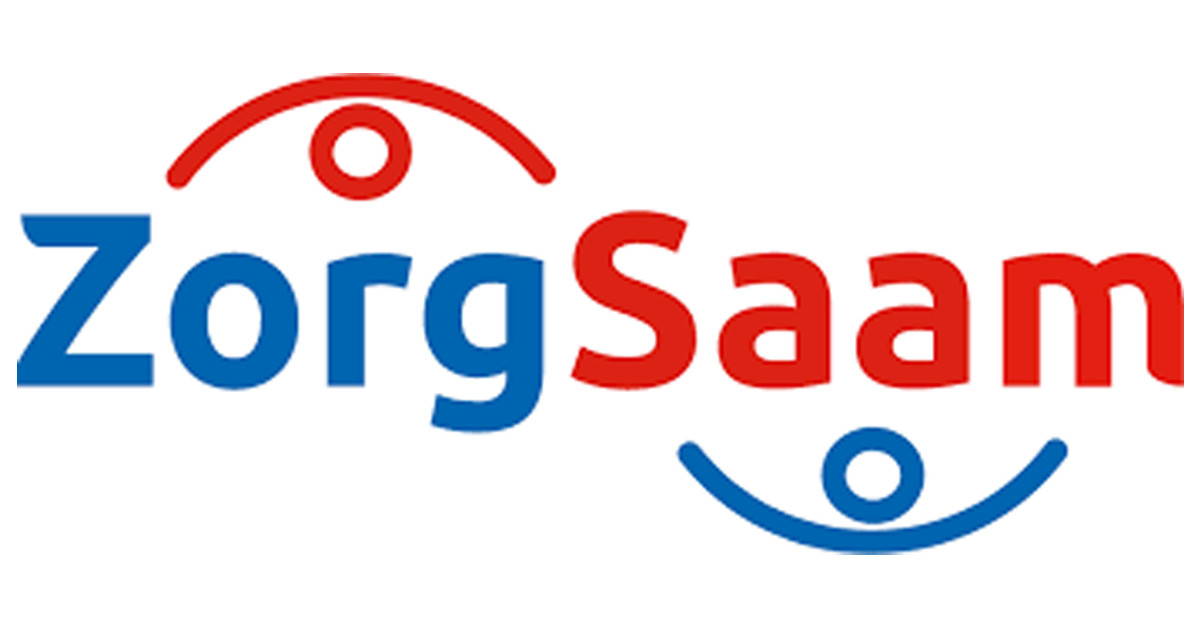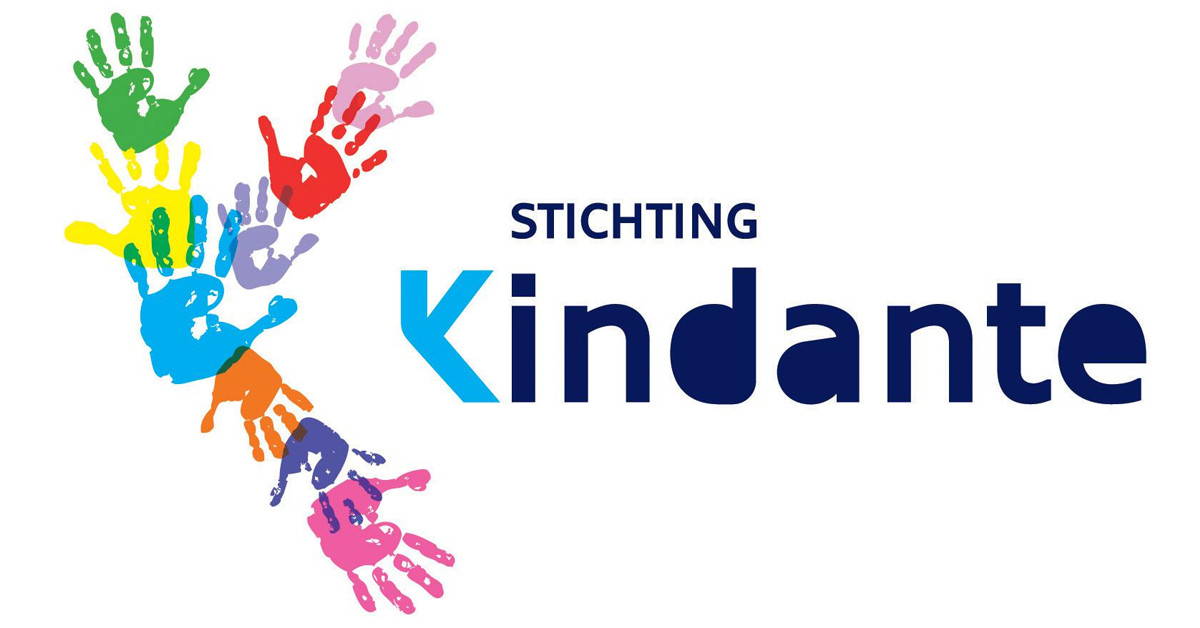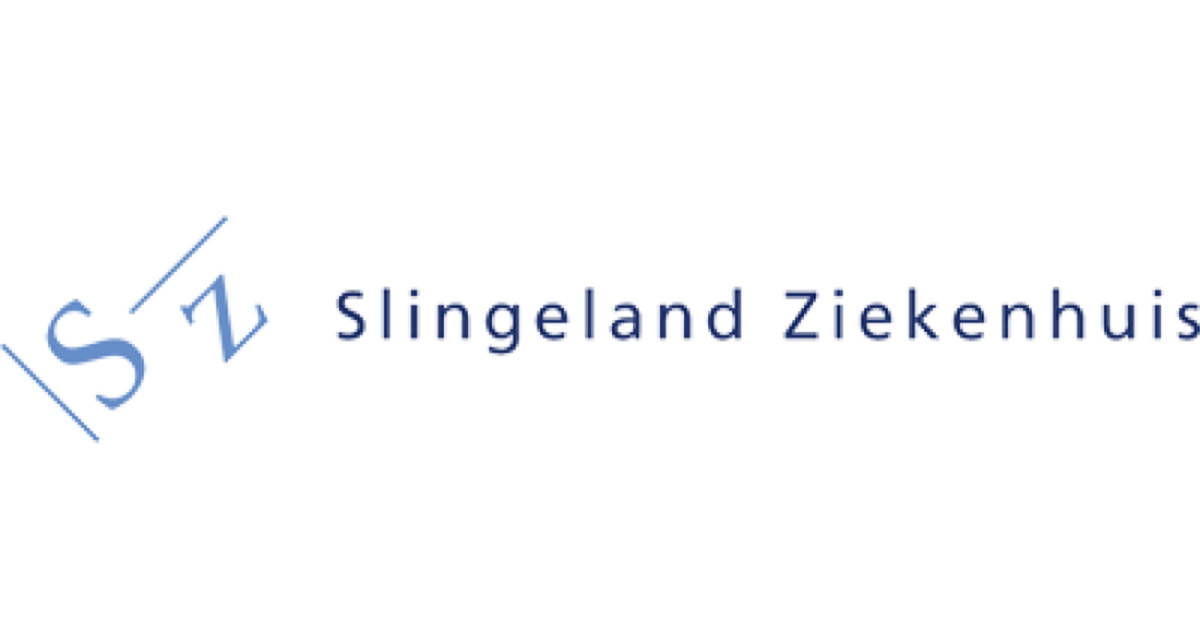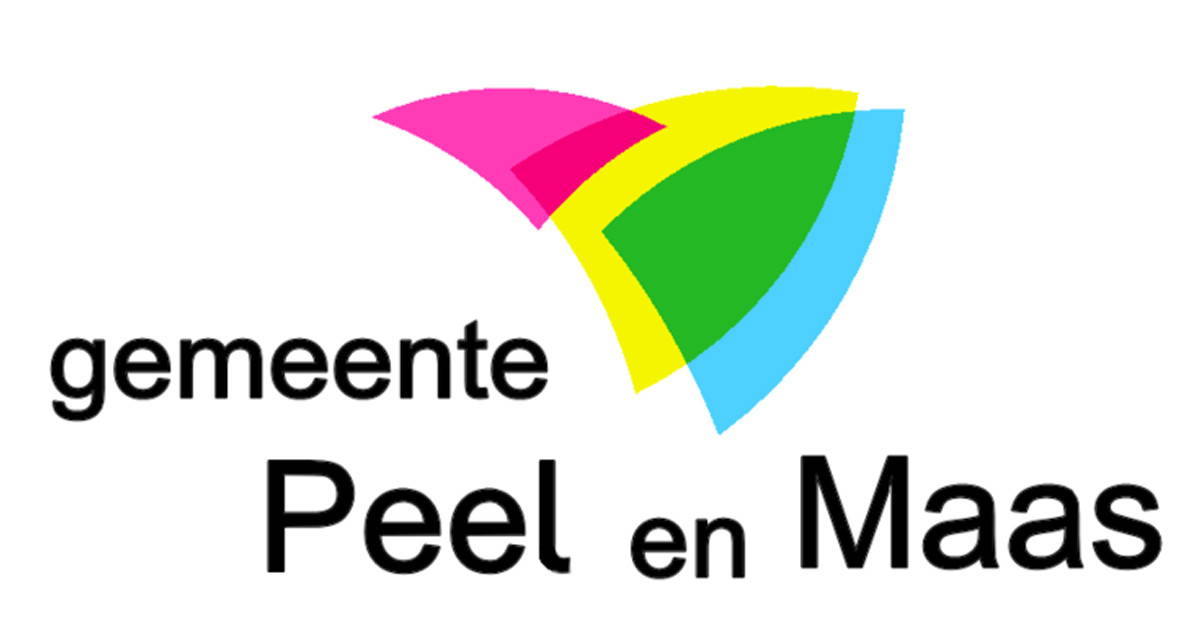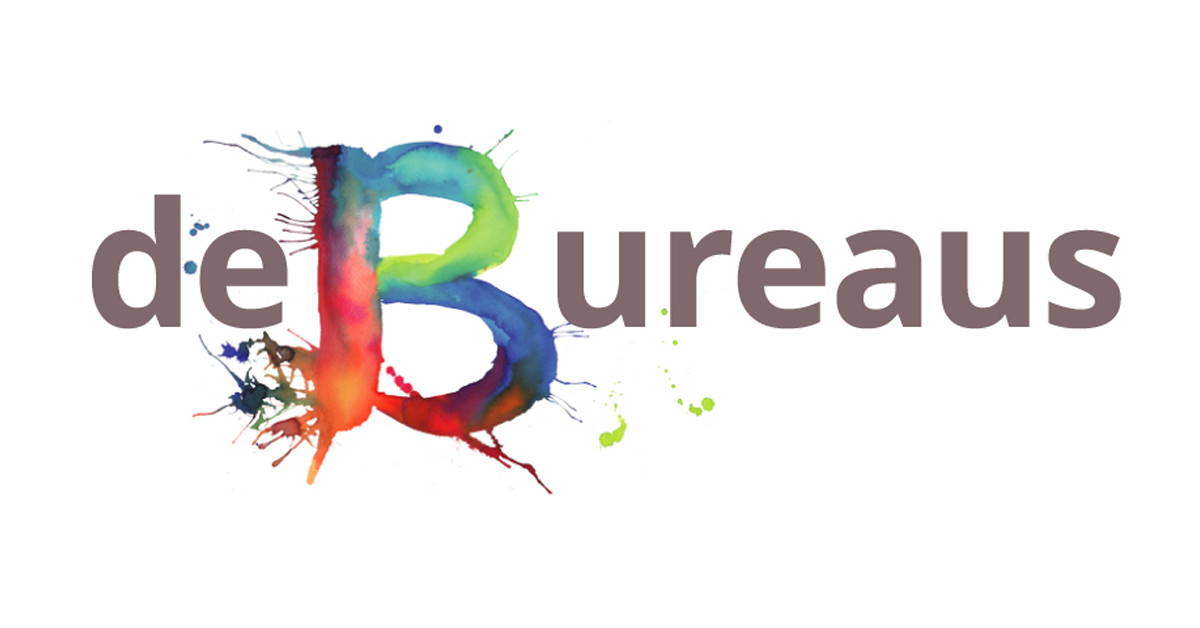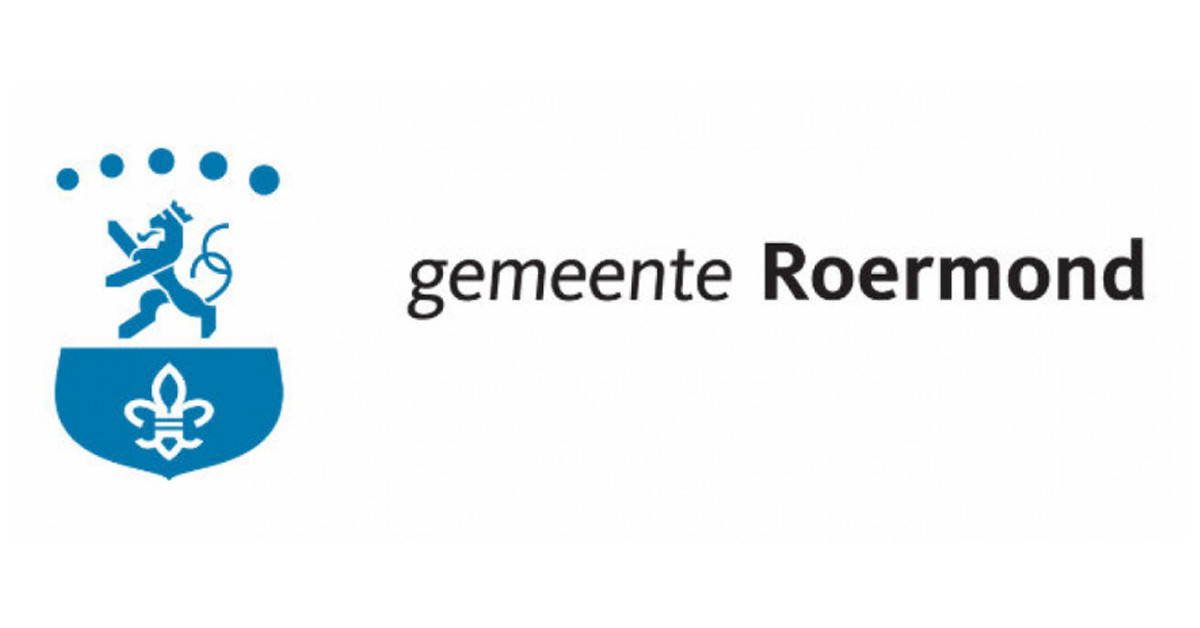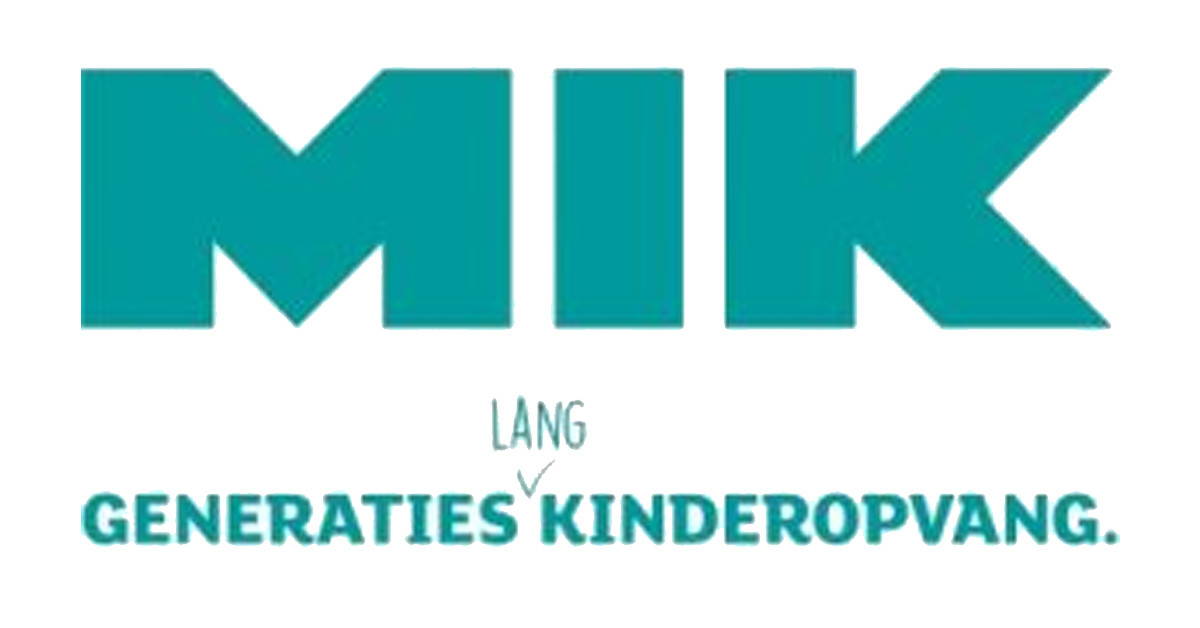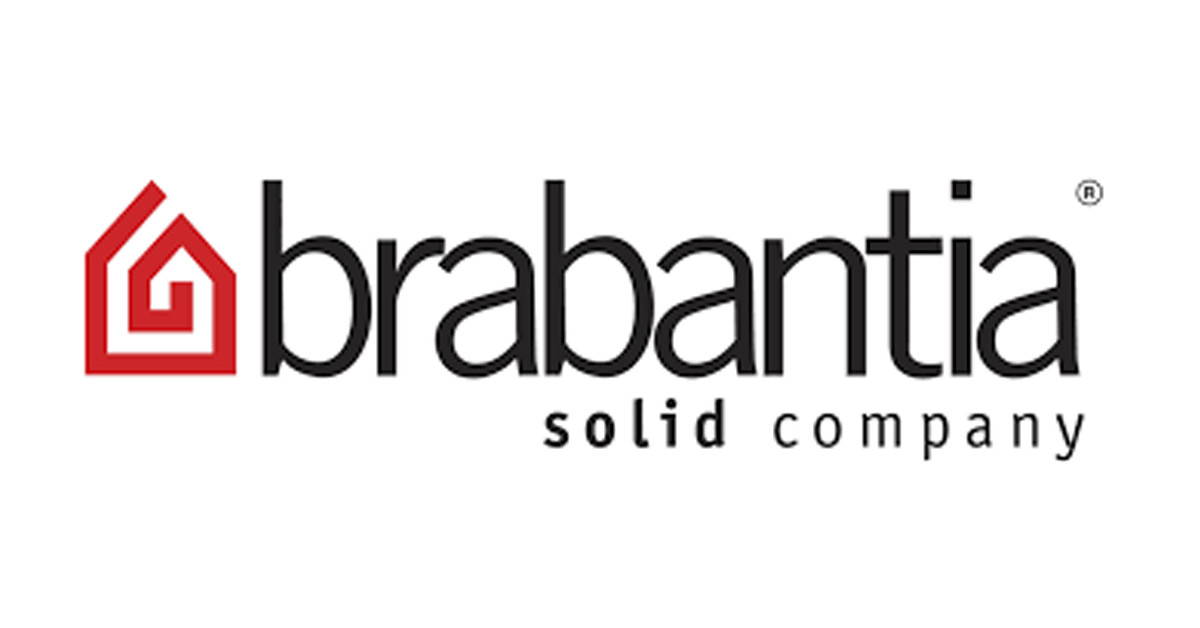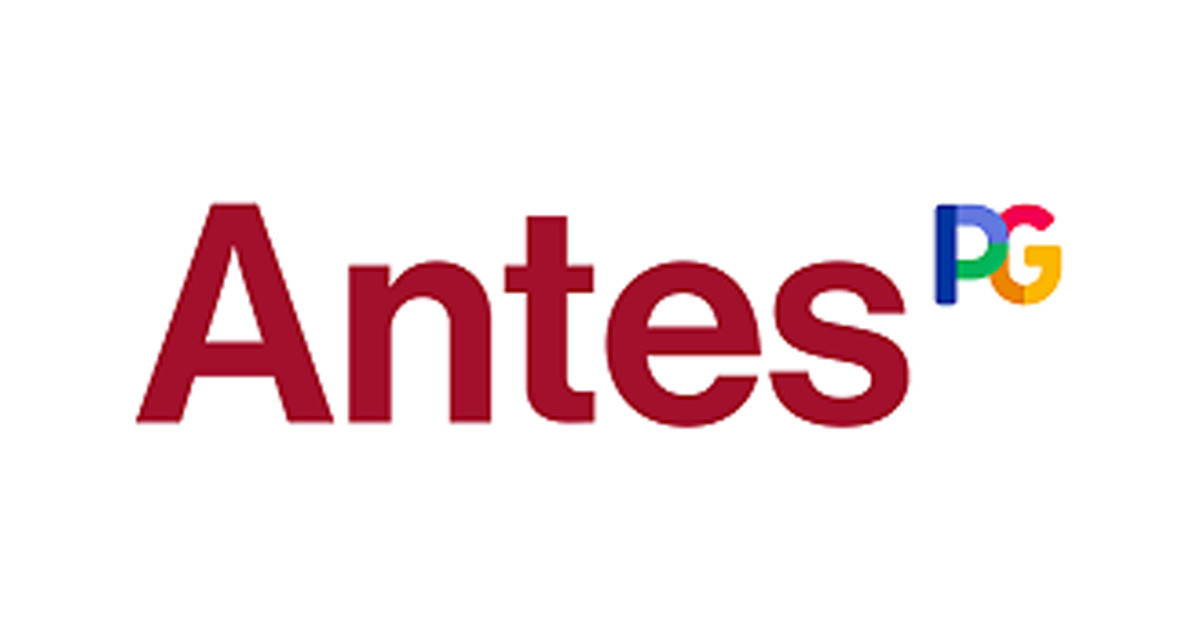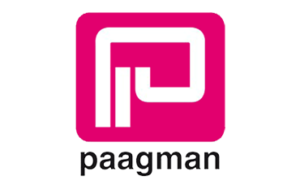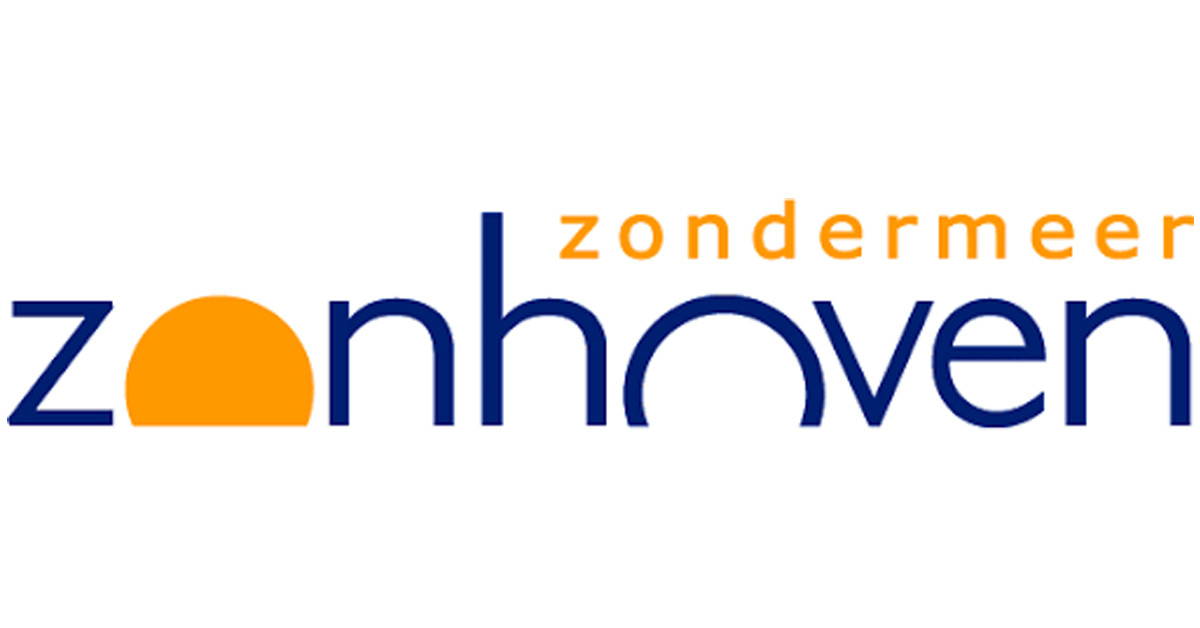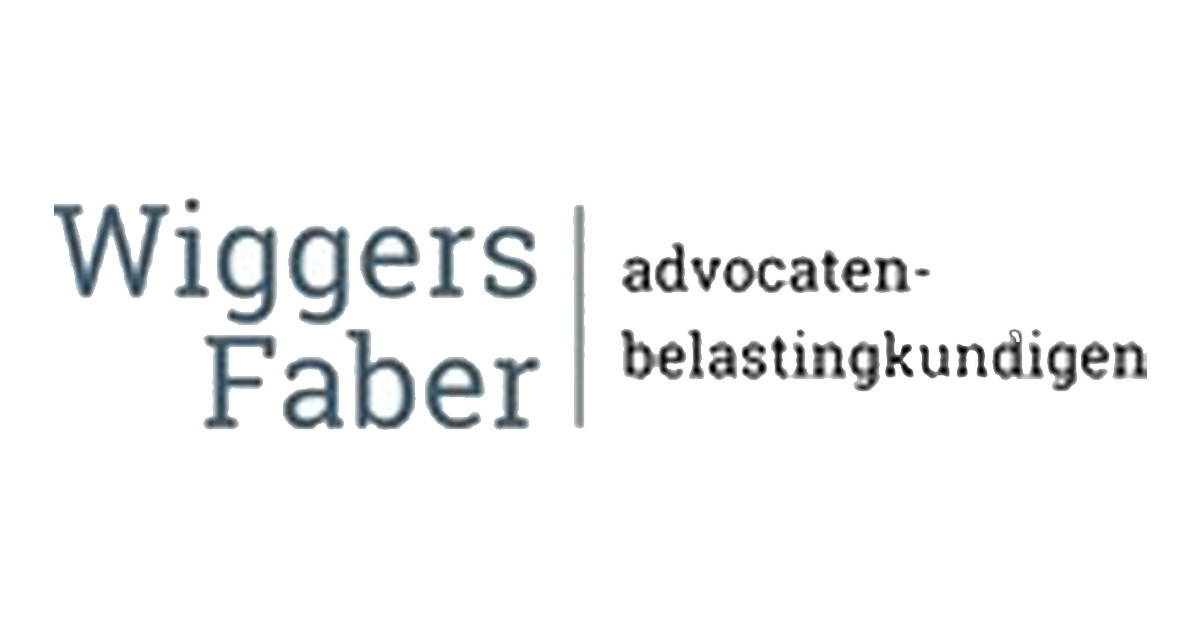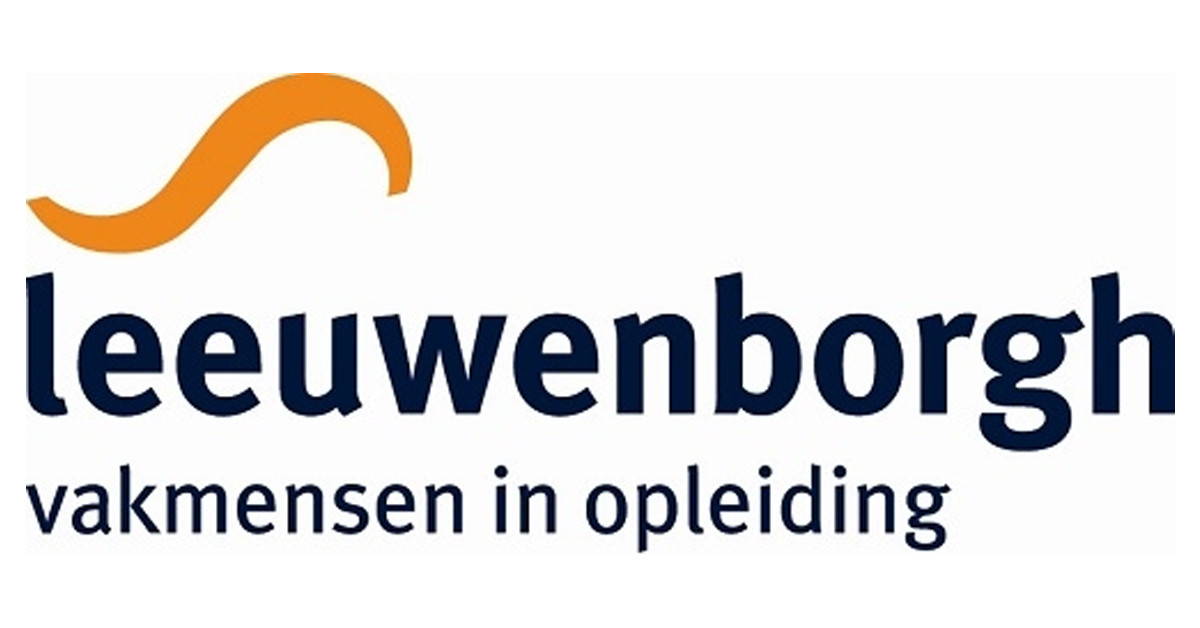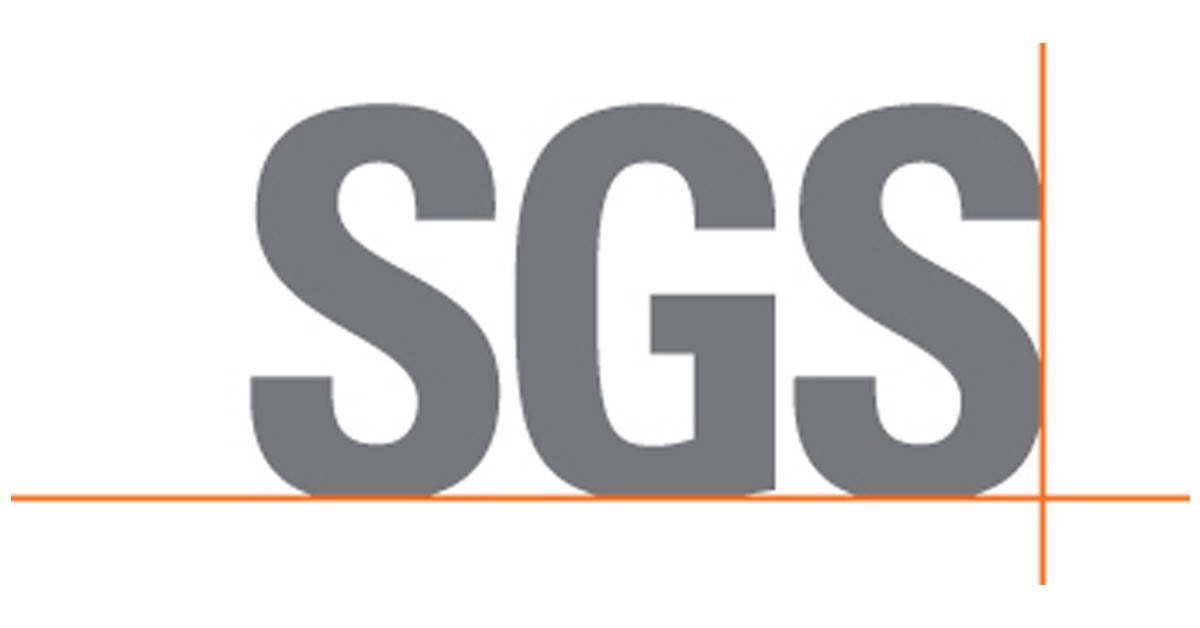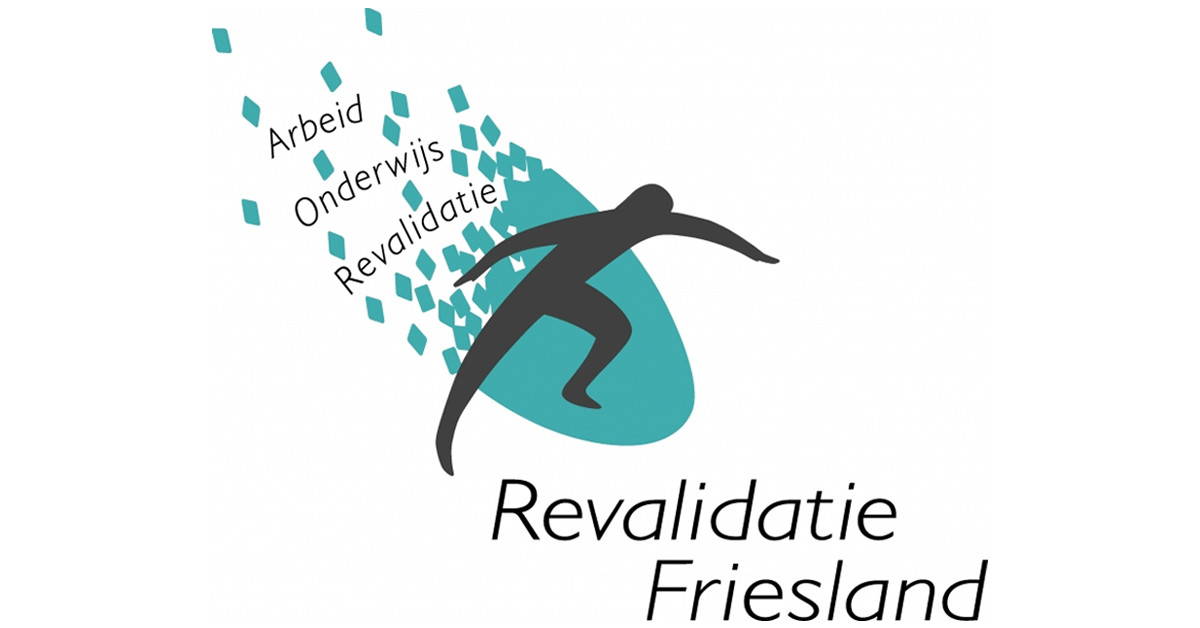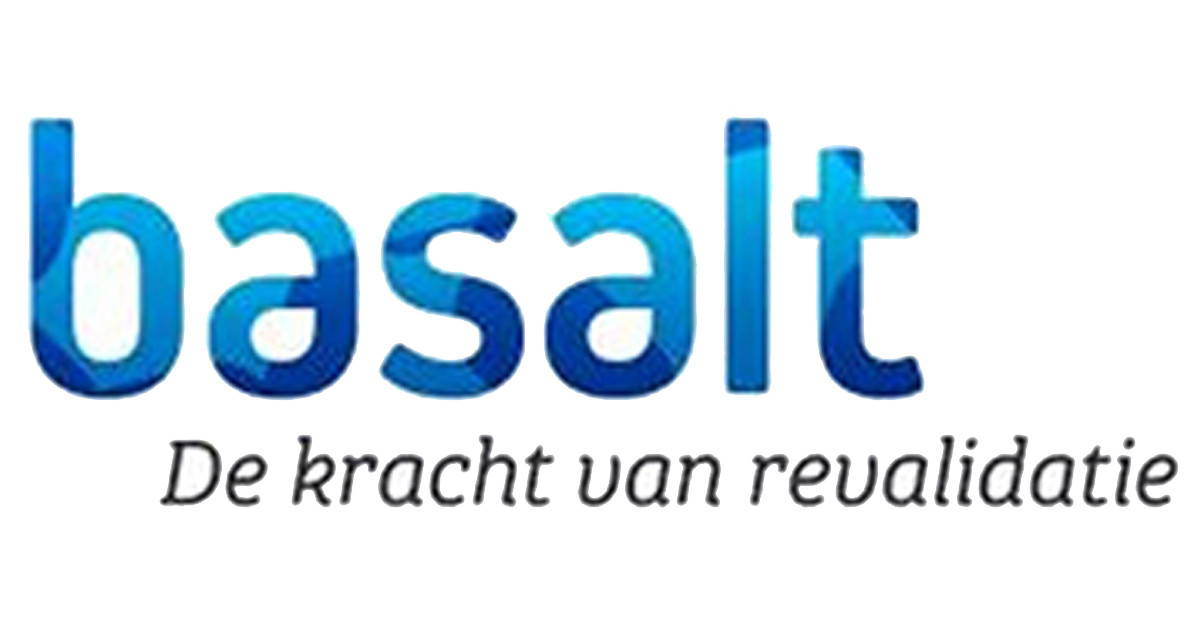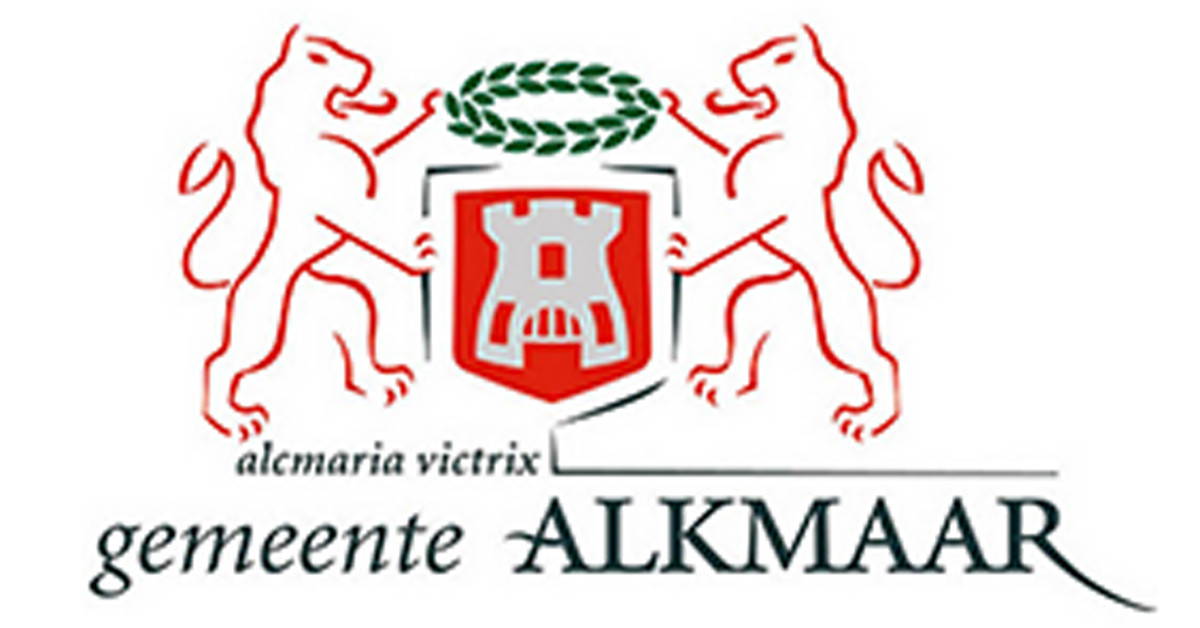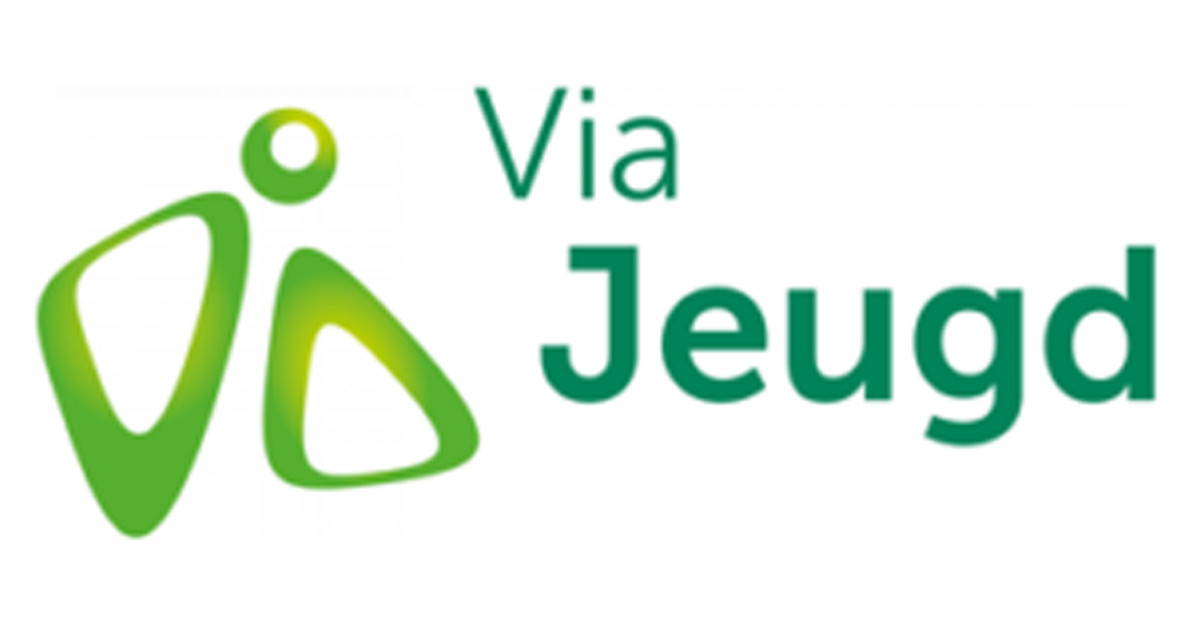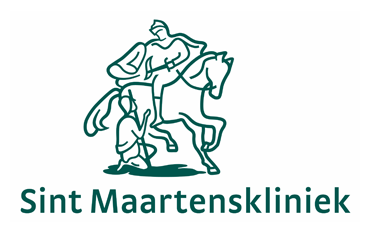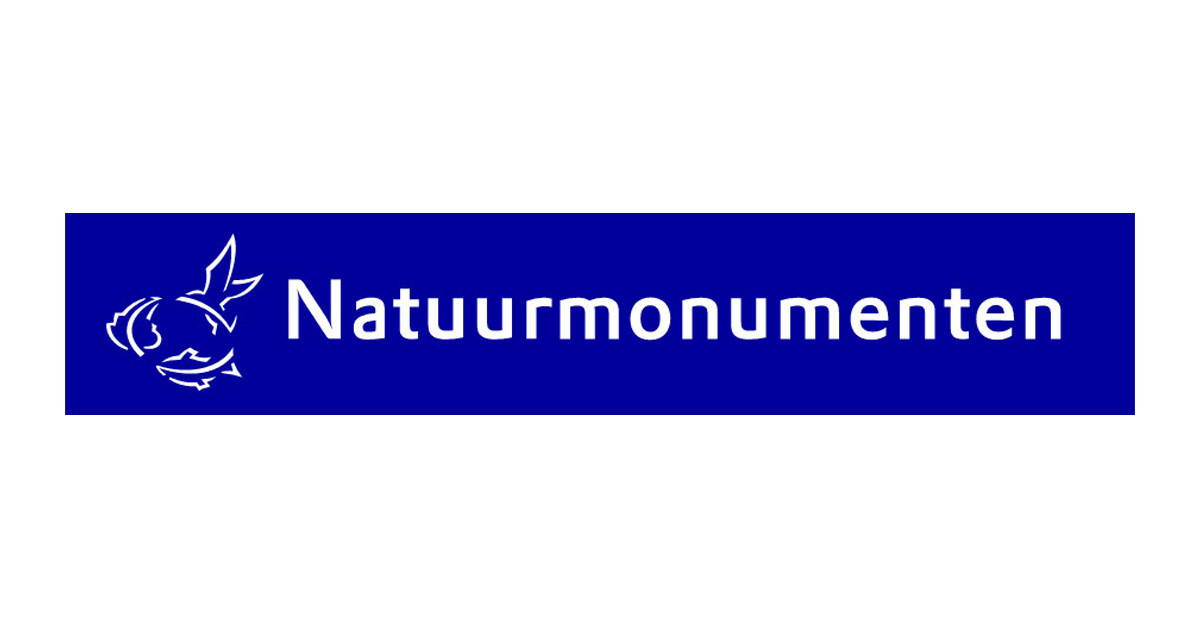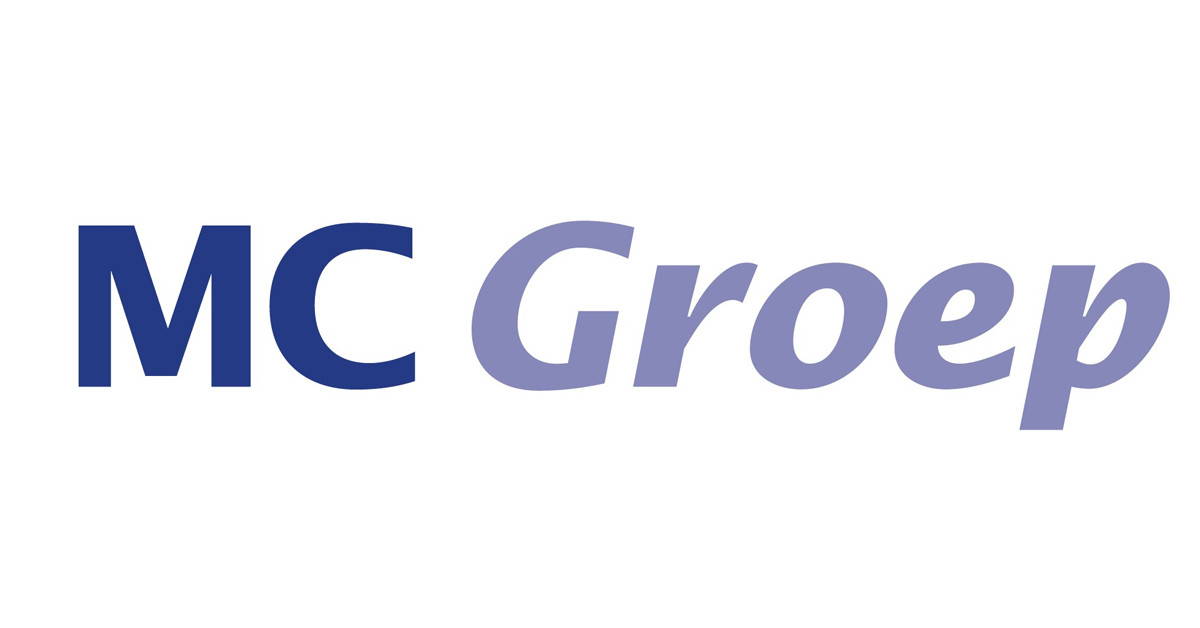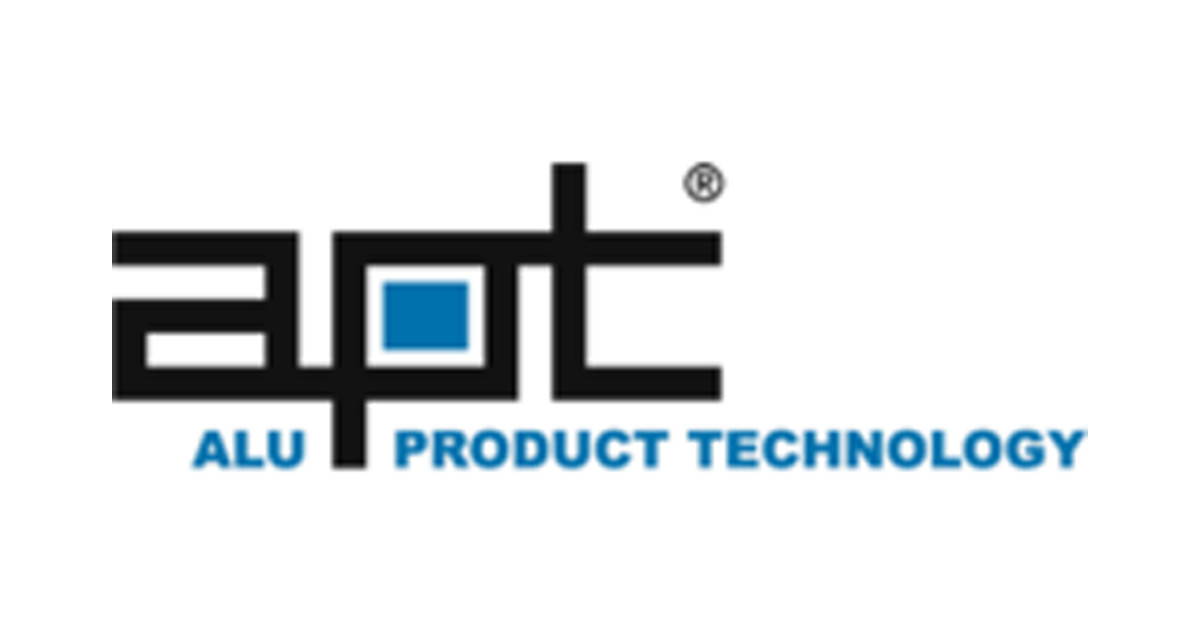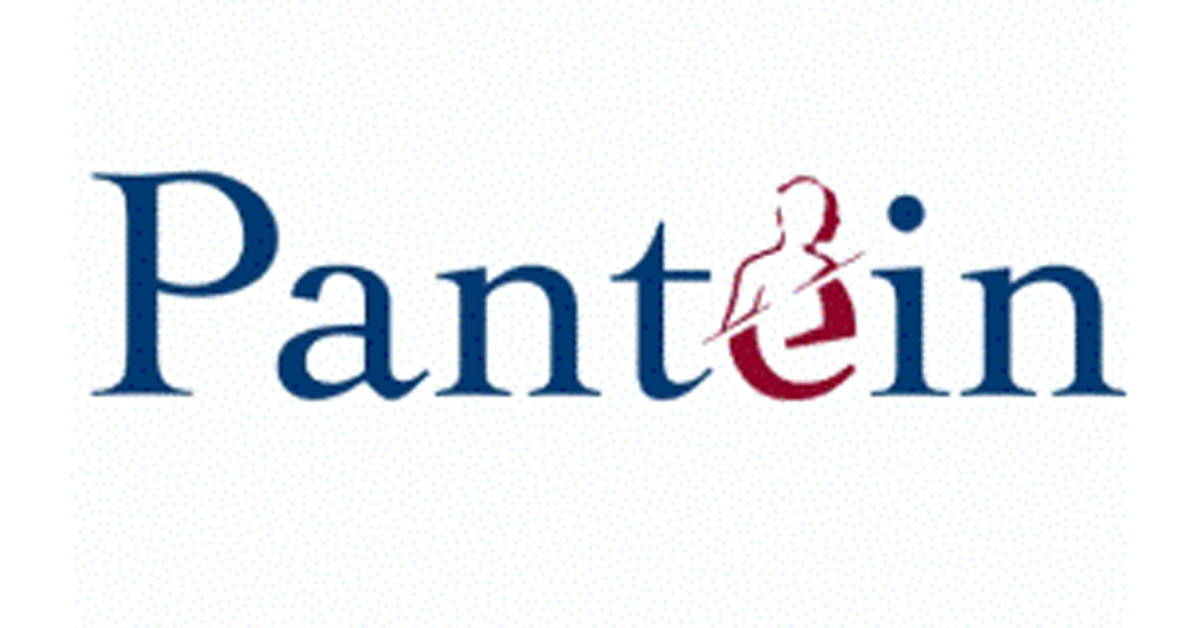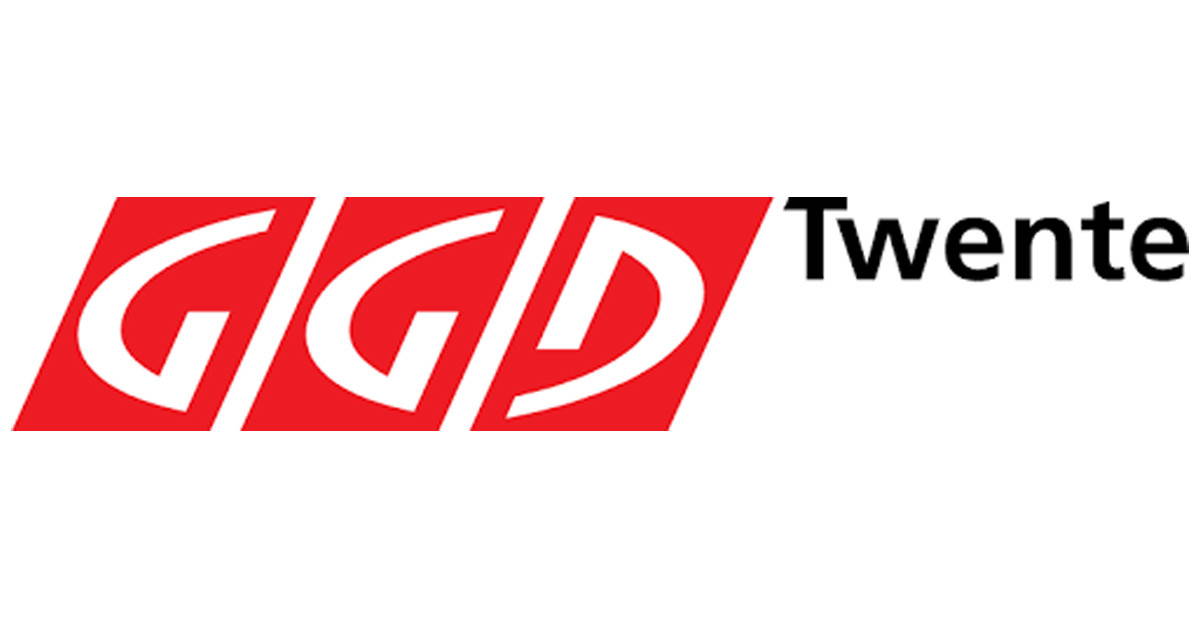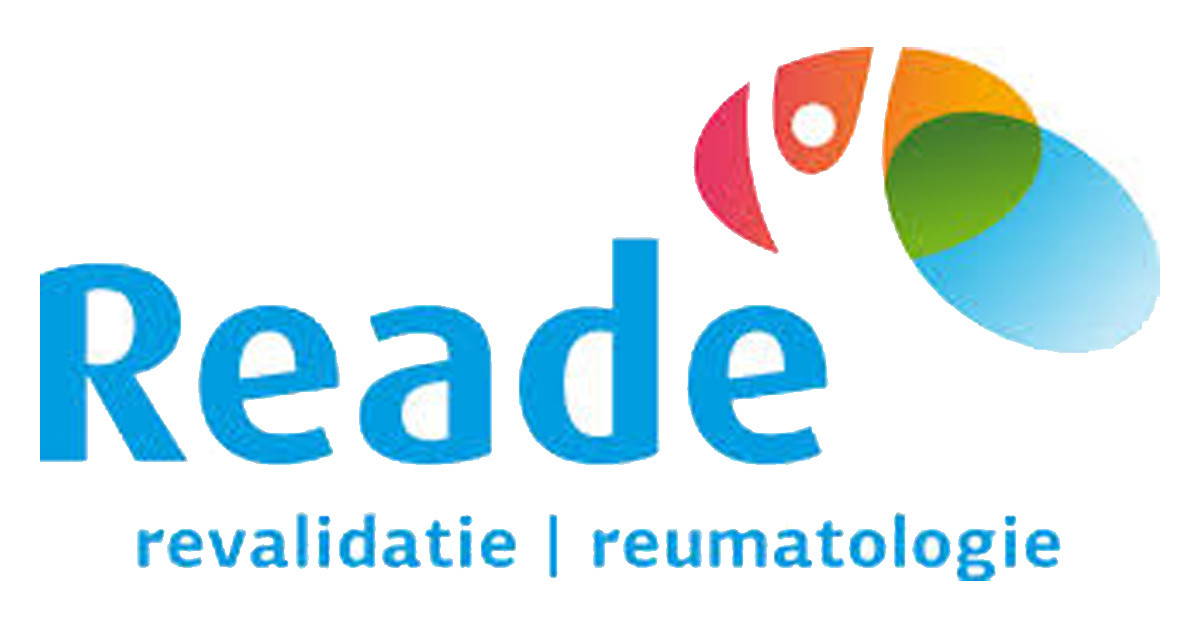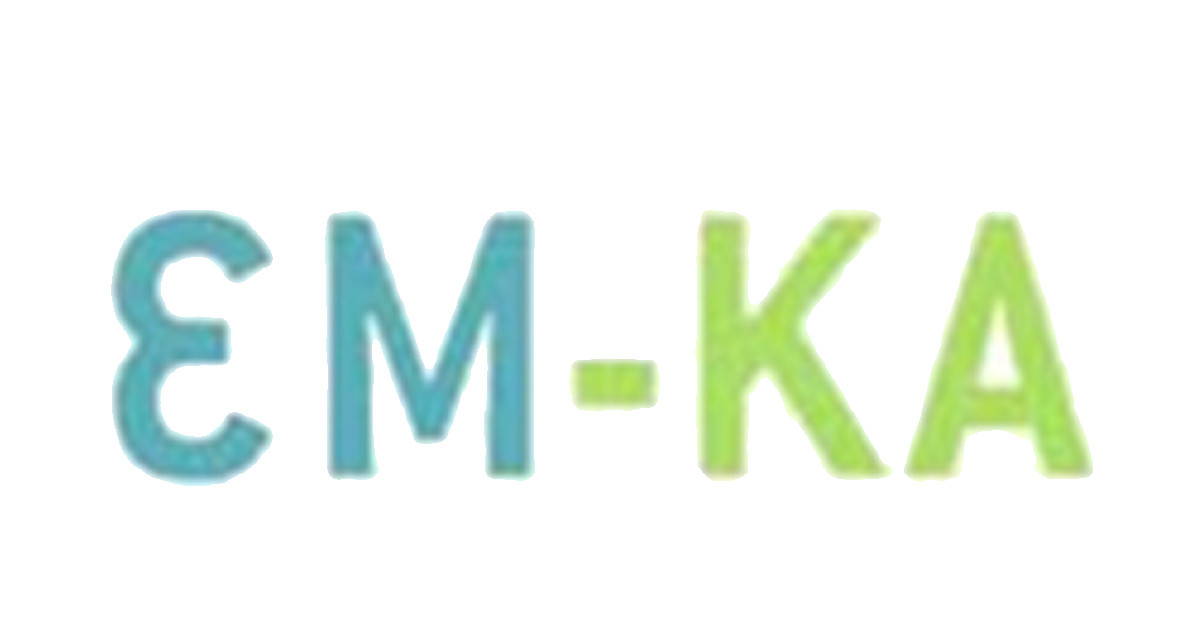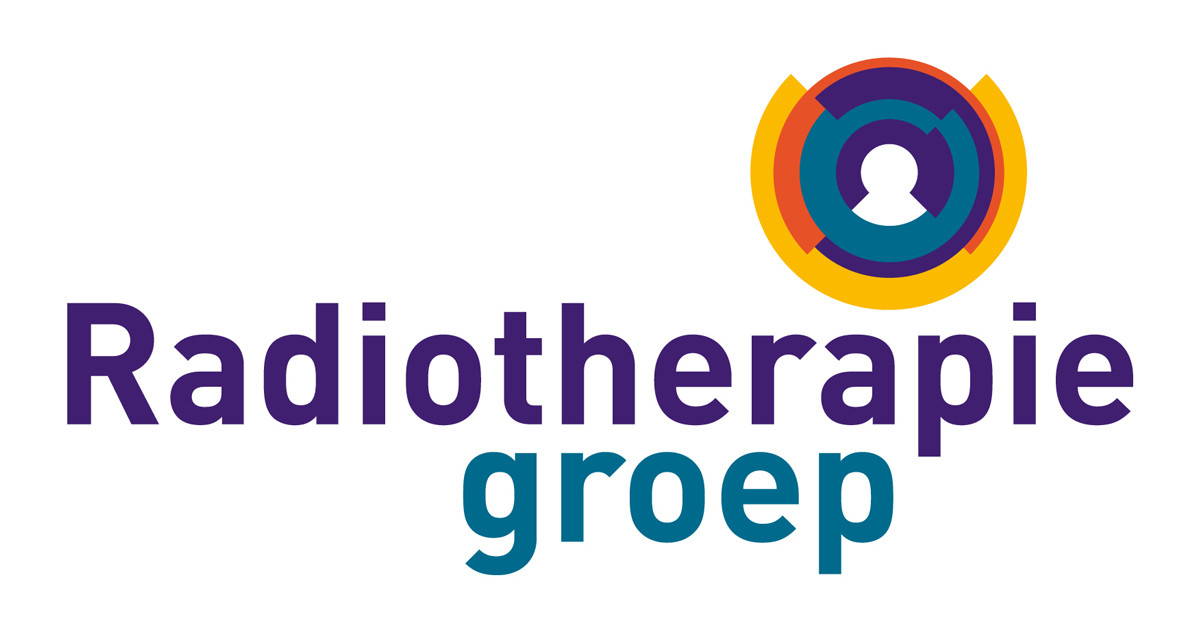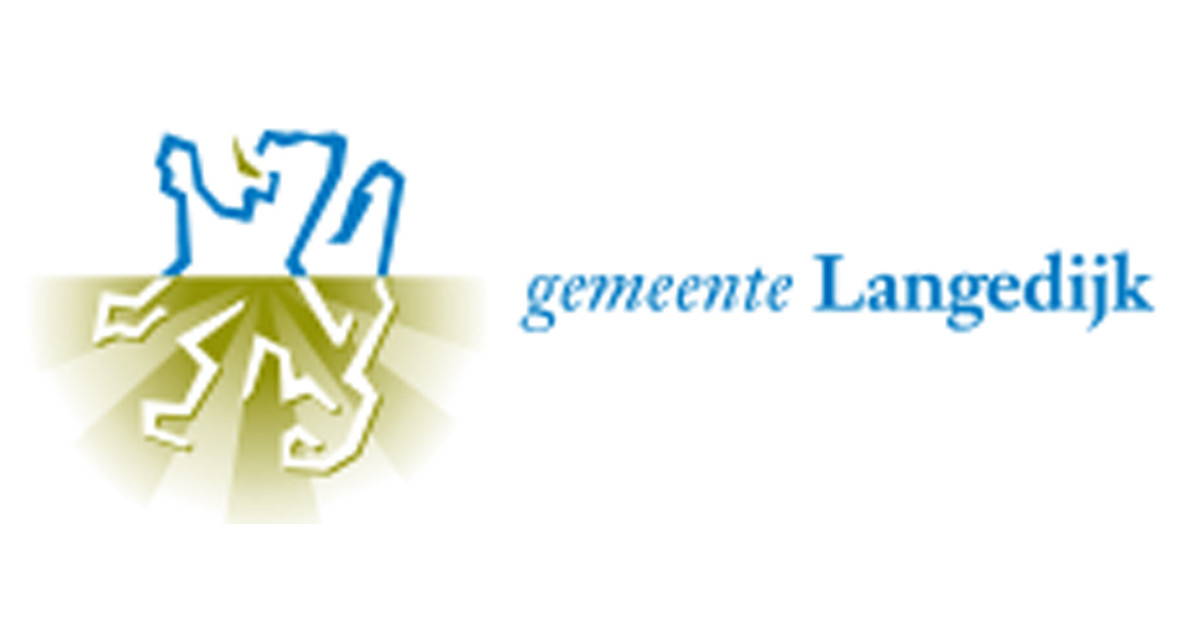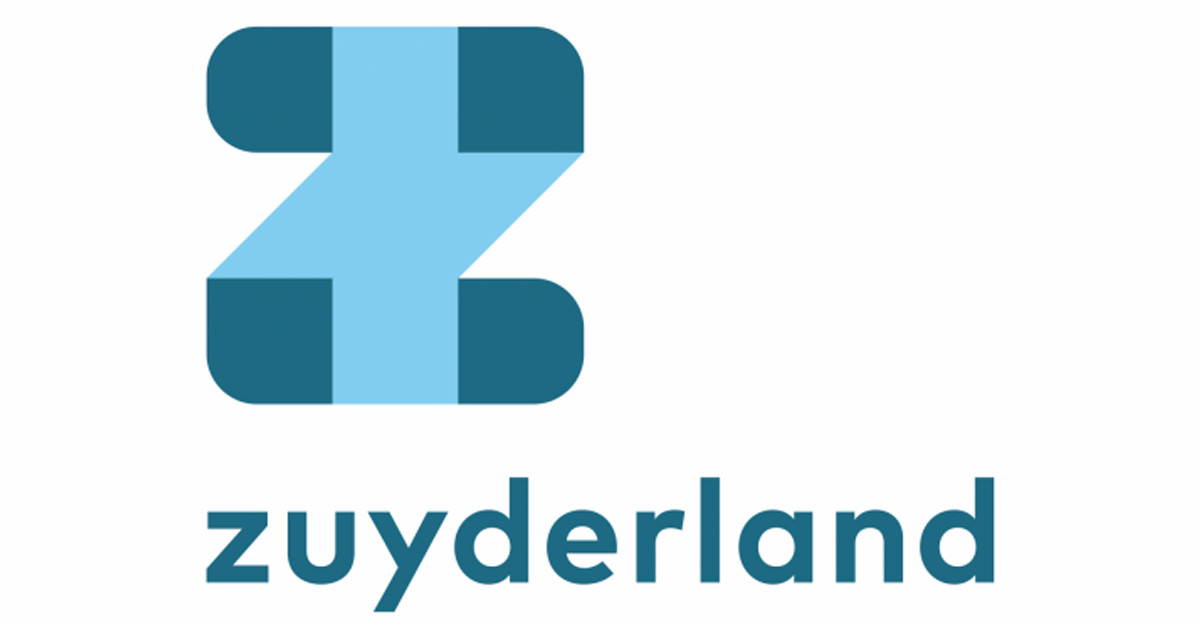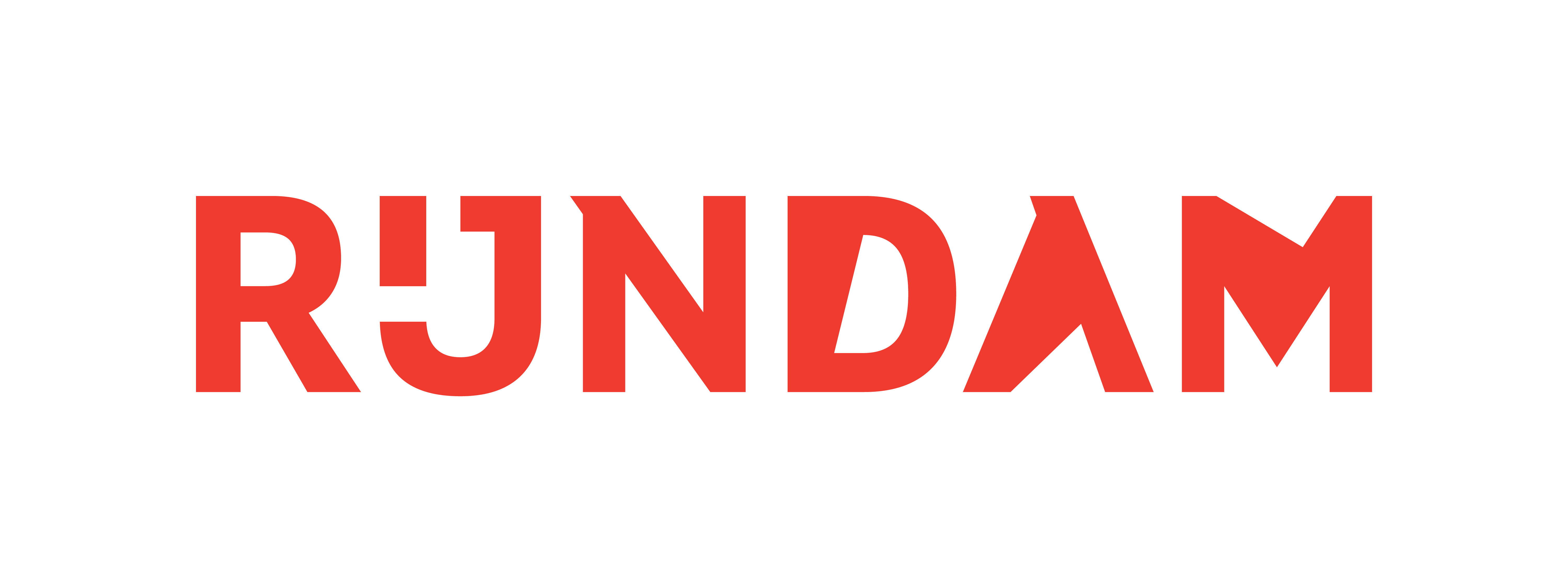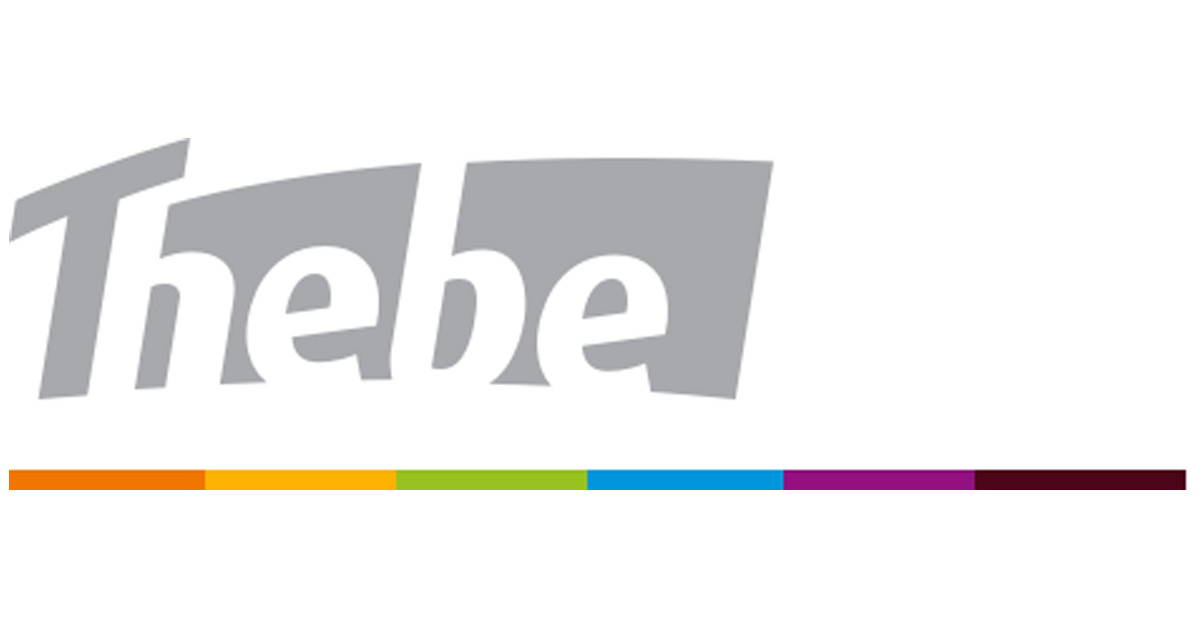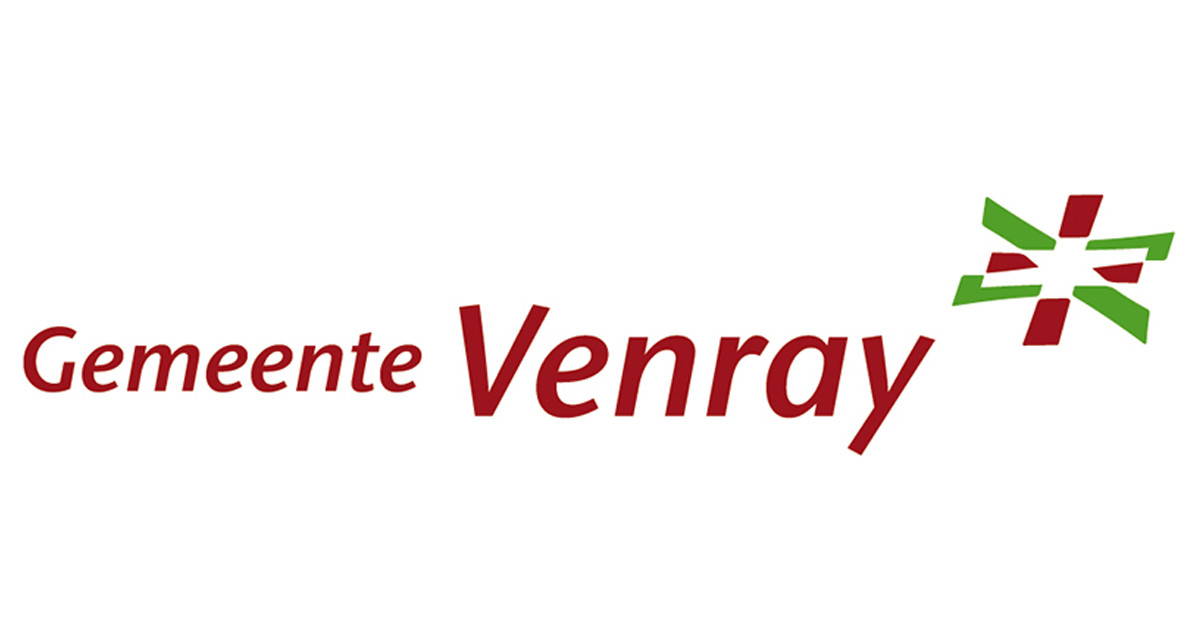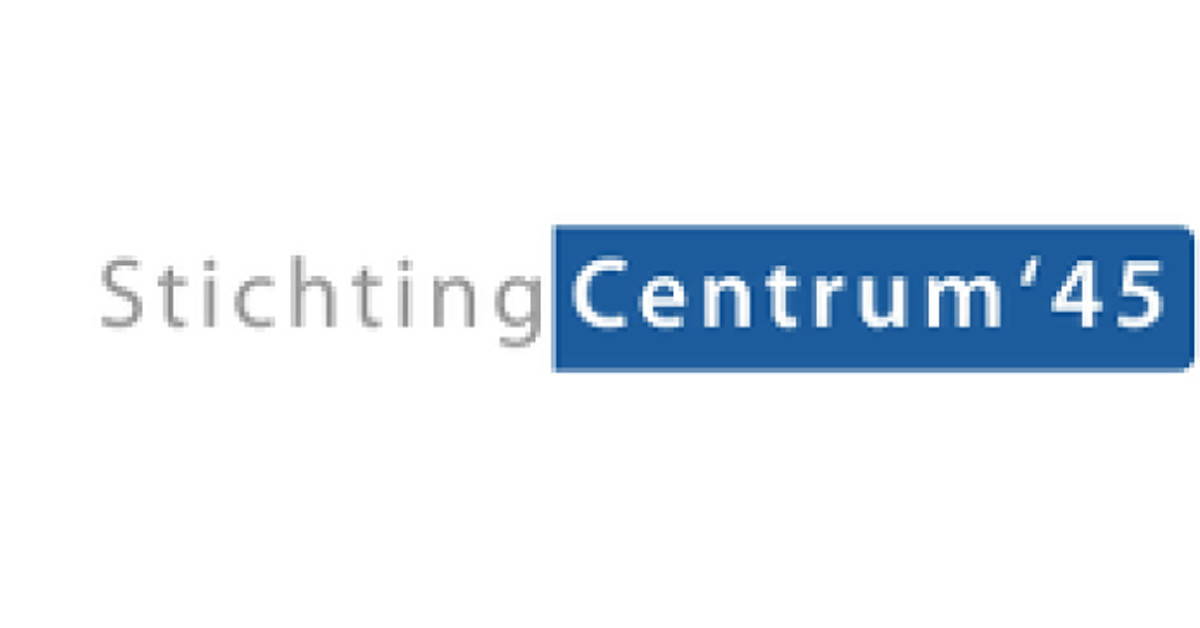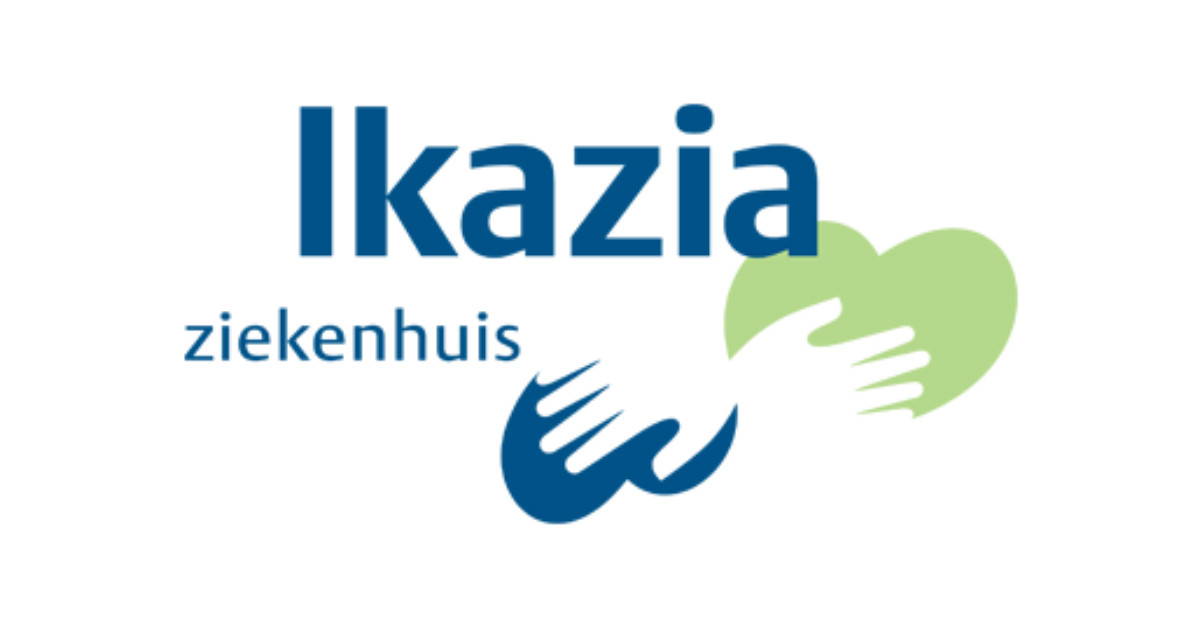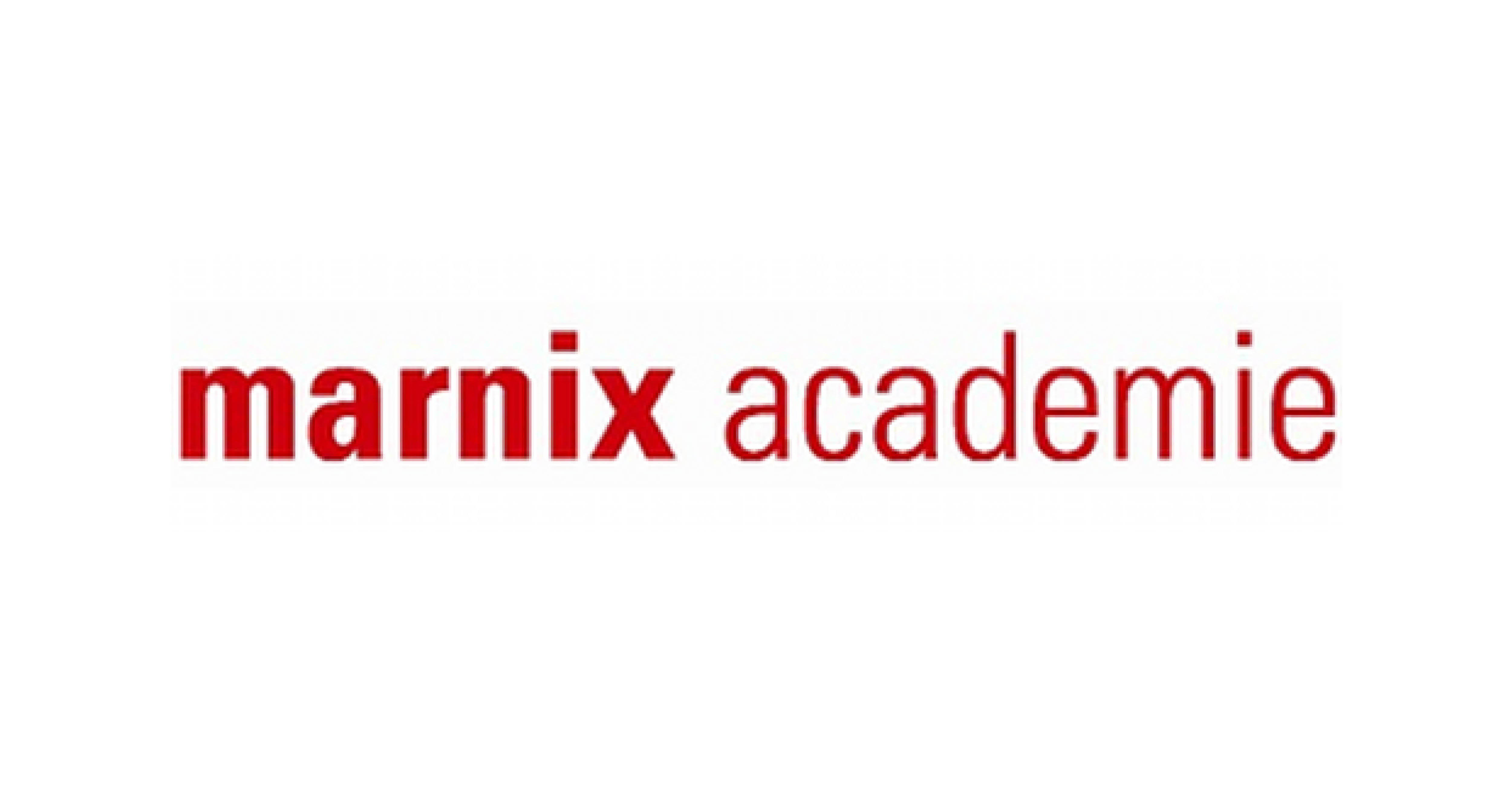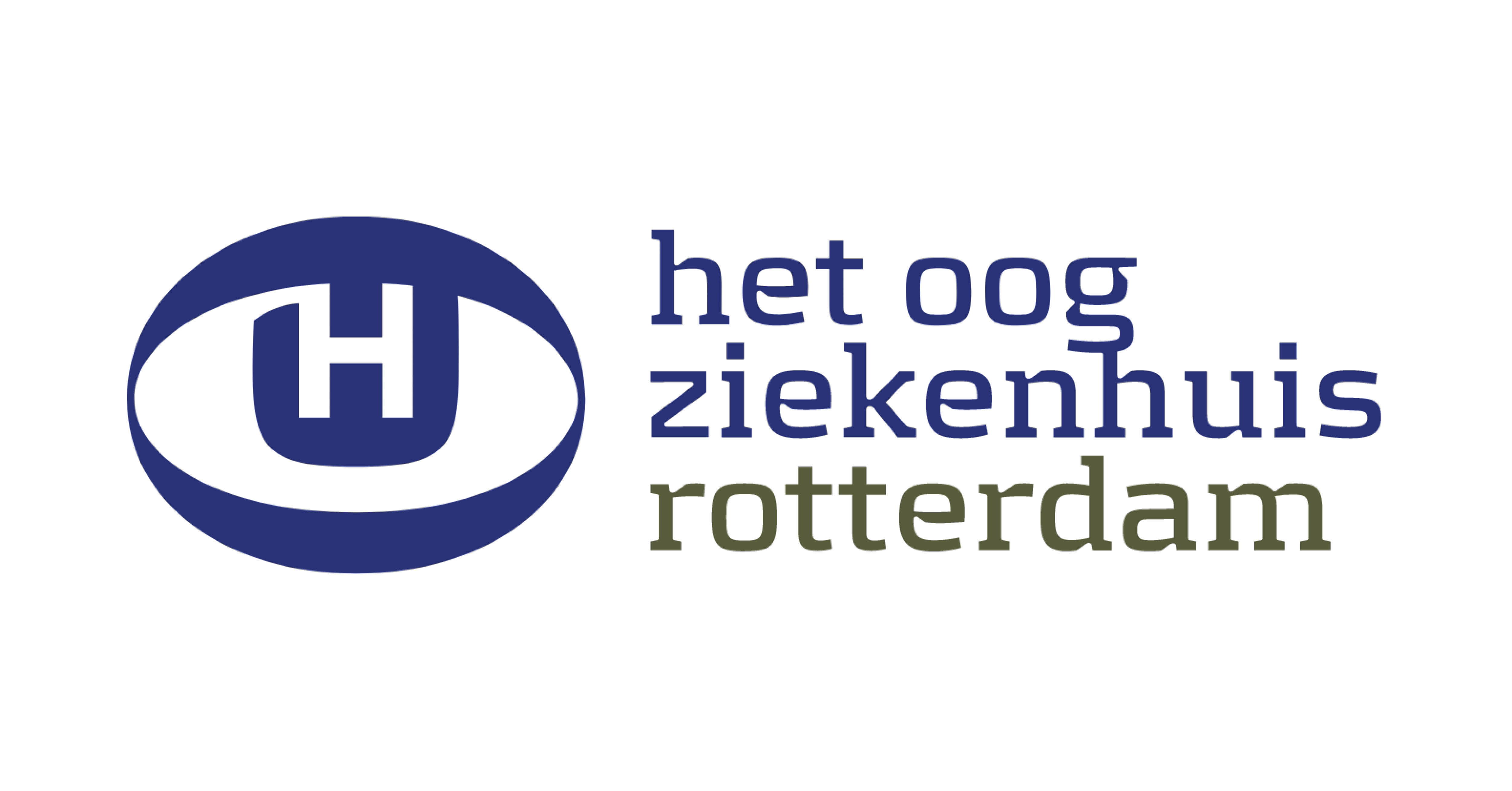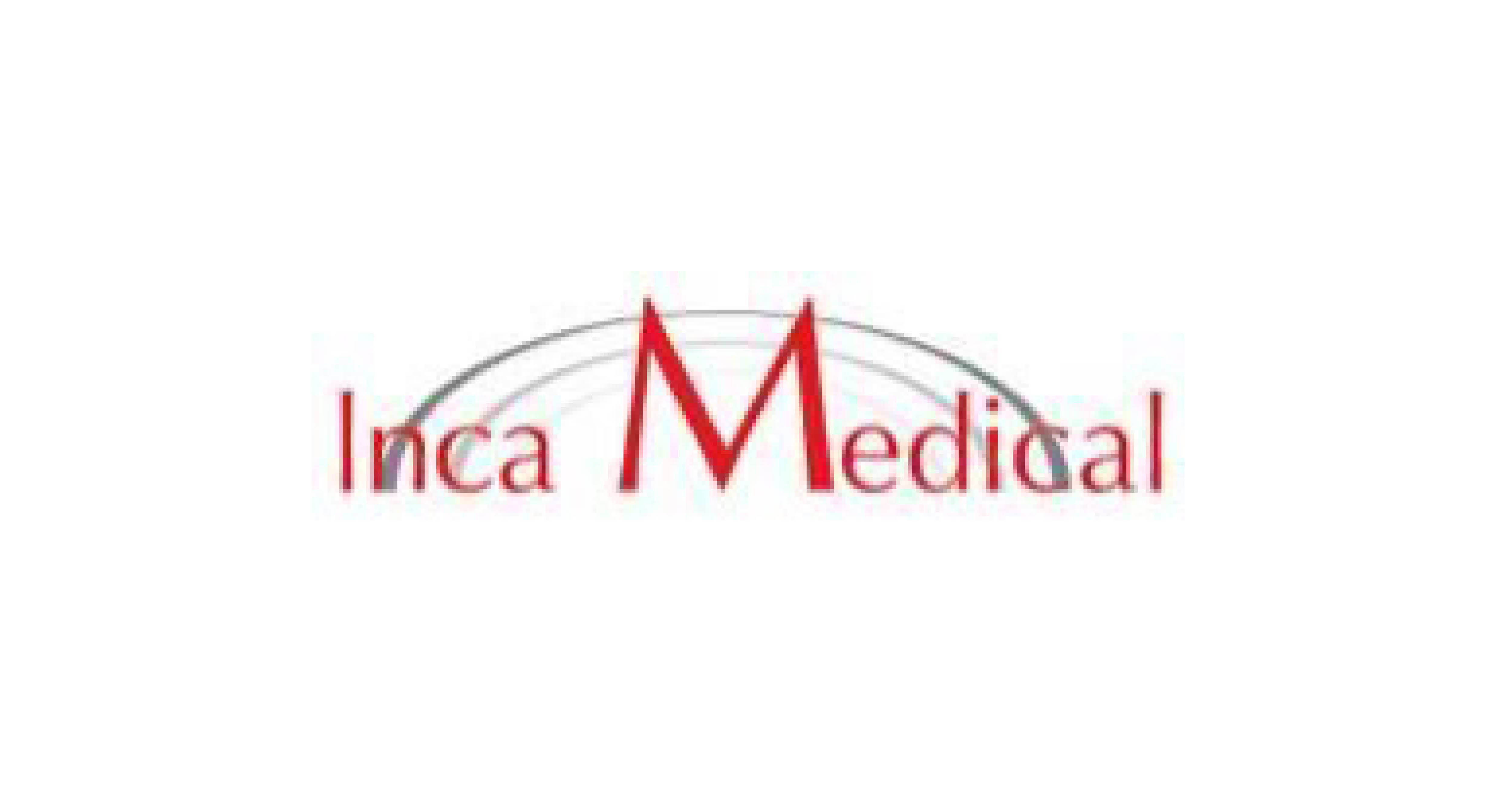OCR stands for Optical Character Recognition, or the recognition of characters in a digital file. Applying OCR makes documents fully searchable, so that you can realise considerable time savings.
OCR
Digitising and OCR
If you still have paper documents in your organisation that you want to have digitised, you can optionally apply OCR. Digitising documents without OCR results in a flat image. This means that you cannot search for certain words in the text, nor can you copy and paste text. Archive-IT therefore always advises to choose OCR. After the documents have been carefully digitised, OCR is applied to the documents by software. With this technology we convert the image into text.
Digital at source
Do you have digital documents which are not provided with OCR and are you running into limitations because of this? Then it is also possible to have Archive-IT OCR added to your digital files in bulk. This will not only reduce the file size, but will also make searching for the right document unnecessary. You will find the right document in no time.
Benefits of OCR
- Time saving.
- Increased efficiency.
- Simple copying and pasting of text.
- Less storage in GB due to smaller files from OCR.


Search and find
By adding OCR, the possibilities for searching grow enormously. Not only does it offer the possibility of quickly finding the right page within a file, it also enables you to perform larger searches on a considerable number of files/documents. This depends on the applications where the documents are stored. To give some examples: you can search all your personnel files for the employees with a specific certificate. Or in the case of medical files, you can enter a search term to find all the files in which medicine X was used, for example.
Curious about the possibilities of OCR for your (digital) documents? We are happy to think along with you!
Interested?
Fill in the form and make an (online) appointment with one of our employees. Other questions? Request more information here.


